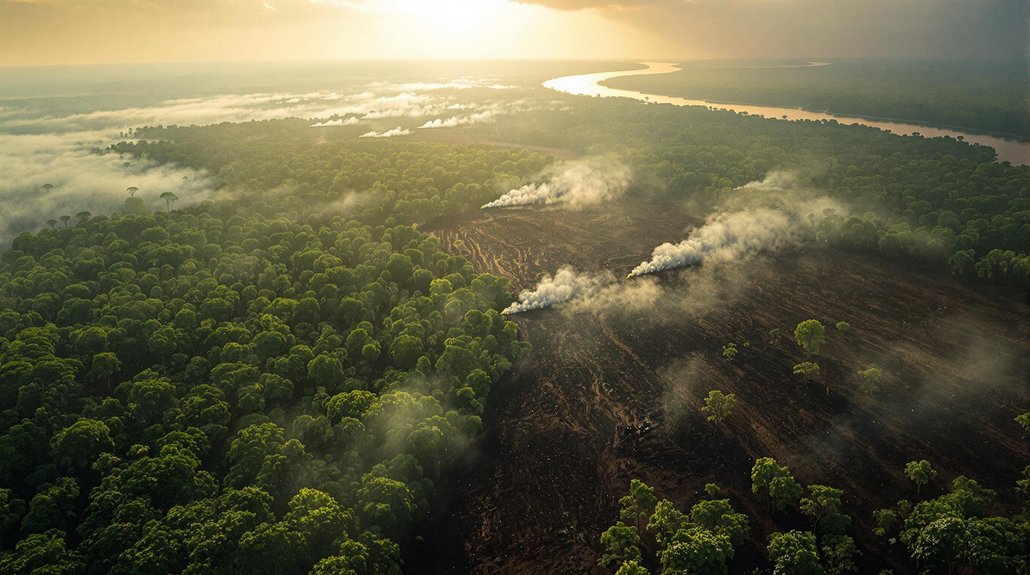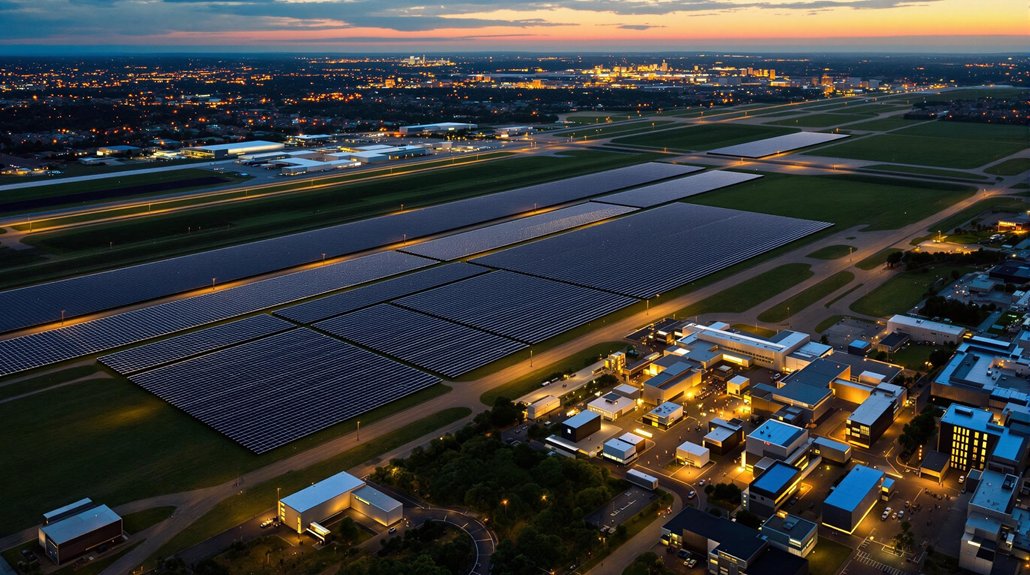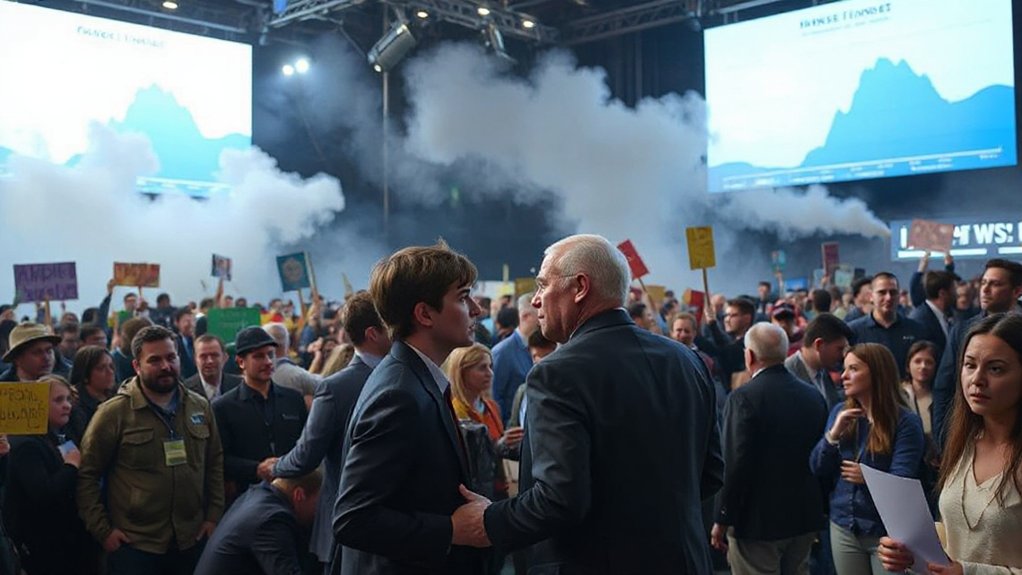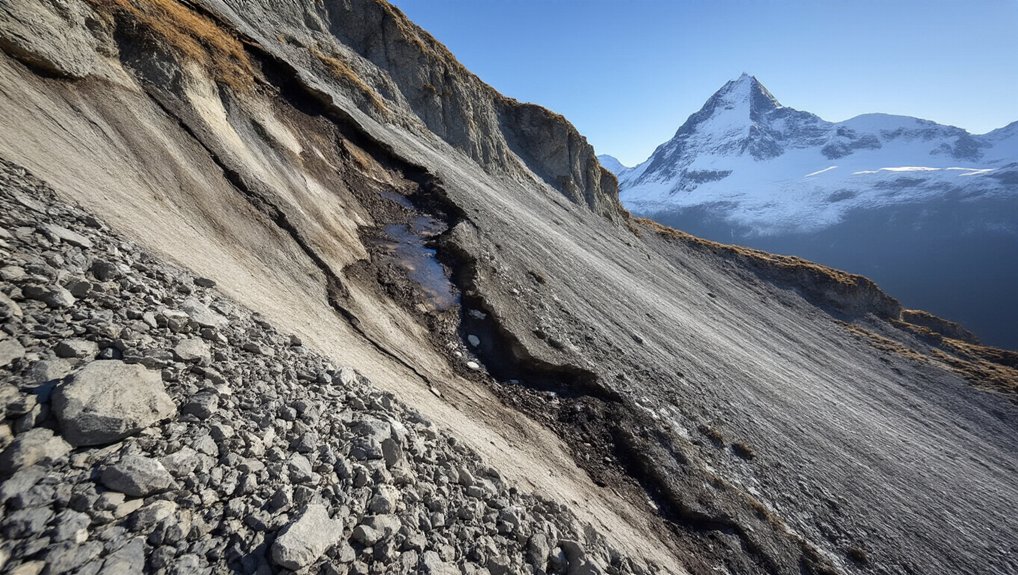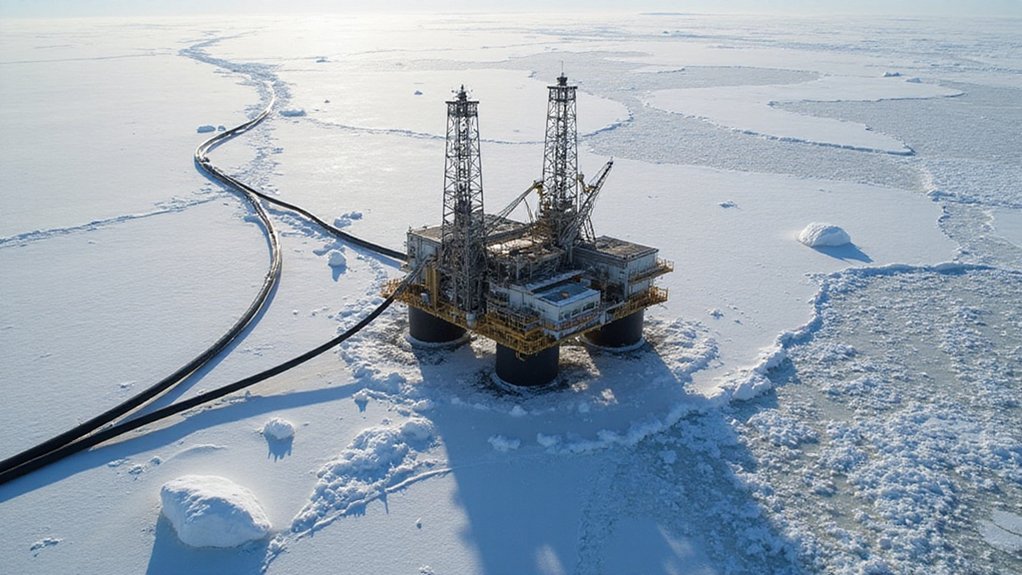Earth’s forests are rapidly losing their ability to absorb carbon dioxide. Since 1990, forests have lost 4 billion cubic metres of wood, releasing nearly 5 billion tonnes of CO2. The Amazon is close to becoming a net carbon source, while only Congo’s rainforests remain strong carbon sinks. Deforestation, primarily caused by agriculture, accounted for 7% of global emissions in 2022. Preserving existing forests offers more climate protection than new plantings. The fate of these carbon sinks determines our climate future.
While forests have long been considered Earth’s natural climate allies, they’re now facing a carbon crisis of global proportions. Since 1990, forests have lost 4 billion cubic metres of wood volume, releasing nearly 5 billion tonnes of CO2 into the atmosphere. This amounts to average annual emissions of 165 million tonnes from forest loss alone. Northern forests are experiencing climate change at two to three times the global average rate, making them especially vulnerable.
The world’s tropical rainforests, which sequester more carbon than temperate or boreal forests, are showing troubling signs. The Amazon basin is teetering on the edge of becoming a net carbon source. Southeast Asian forests have already crossed this threshold. Only the Congo remains a strong carbon sink, absorbing 600 million tonnes of CO2 annually.
Tropical forests worldwide falter in carbon capture, with only Congo’s rainforests maintaining their crucial climate-protecting role.
In 2022, the world lost over 16 million acres of forest. The Amazon has lost 17% of its forest cover in the last 50 years. Deforestation is most common near populated areas, roads, and rivers, but even remote areas face threats for valuable resources like gold and oil.
Agriculture stands as the leading cause of deforestation. Other significant factors include poorly planned infrastructure, logging, livestock grazing, and road construction. Indonesia’s valuable peatland rainforests are being cleared for pulp plantations.
The climate impact is severe. Deforestation accounted for 7% of global emissions in 2022. Some Amazon regions have already become net carbon emitters. Tropical forests hold between 228-247 gigatons of carbon, which is released when trees are cut down.
Conservation strategies show that preserving existing forests is more effective than planting new ones. Recognizing Indigenous land rights has proven to protect standing forests. Protected areas like the Menkragnotí reserve absorb 10 million tonnes of CO2 annually. Intact forests currently absorb approximately 7.8 billion tons of CO2 each year, representing about 20% of all human emissions. Thoughtful reforestation efforts could add ecosystem resilience by restoring habitats for endangered species and increasing genetic diversity.
Forests face limitations in helping solve climate change. Mature forests reach an equilibrium of carbon absorption and release. There’s limited treeless land available for new forest planting. While increasing CO2 may help trees absorb carbon faster, nutrient limitations could curtail growth. Permanent protection of existing forests remains essential for climate stabilization.
